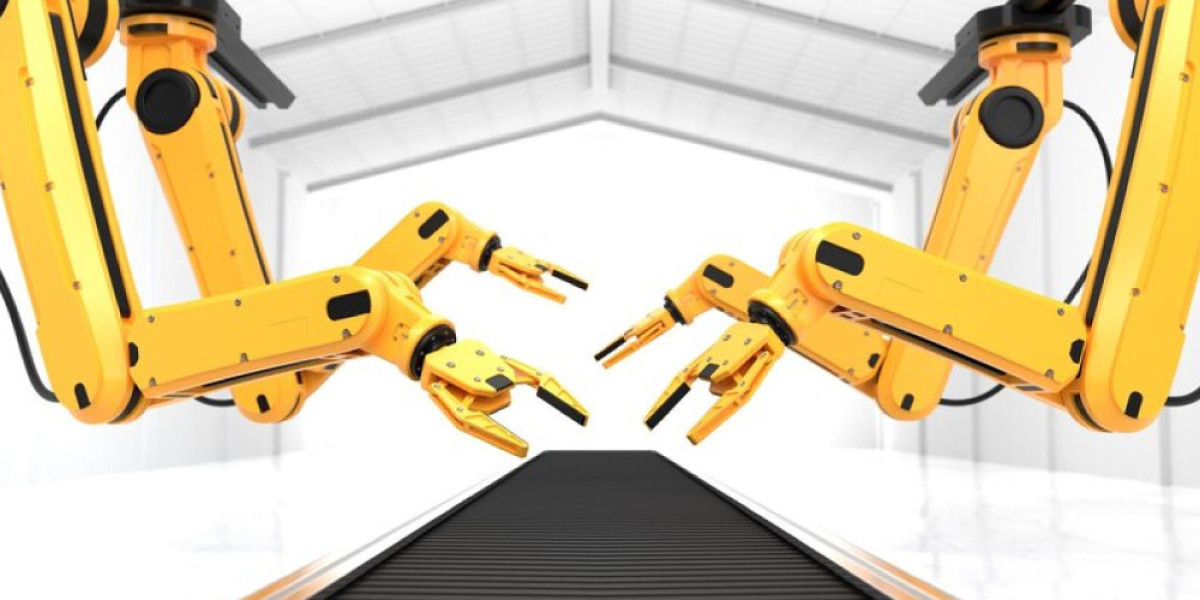The Sanding Pads Market is experiencing significant growth, driven by the increasing demand for surface finishing in various industries, including woodworking, automotive, and construction. Sanding pads are essential tools for achieving smooth surfaces and preparing materials for painting or coating. The market is characterized by innovations in pad materials and designs, enhancing their efficiency and durability. As industries focus on improving product quality and operational efficiency, the demand for high-performance sanding pads is expected to rise, contributing to the overall growth of the market.
The sanding pads market plays a vital role in the manufacturing, automotive, woodworking, and metalworking sectors, serving as a critical component in surface finishing operations. Sanding pads are abrasive tools used for smoothing, polishing, and cleaning surfaces to achieve desired finishes on metals, wood, plastics, and composites. The global demand for sanding pads is witnessing steady growth owing to the increasing focus on product aesthetics, precision engineering, and high-quality finishing across multiple industries. As construction and automotive production surge worldwide, the requirement for efficient abrasive products such as sanding pads continues to expand.
Market Dynamics and Growth Drivers
The key factors driving the sanding pads market include rising demand for customized surface finishing tools, growing industrialization, and increased adoption of power tools in both commercial and residential applications. Technological improvements in abrasive materials, such as the use of ceramic, aluminum oxide, and silicon carbide, have significantly enhanced the durability and efficiency of sanding pads. Additionally, automation in surface finishing processes has led to the development of advanced pad designs suitable for robotic sanding applications, ensuring consistent results and reduced labor costs.
Technological Advancements in Sanding Pads
Innovations in sanding pad manufacturing have focused on improving material performance, dust control, and ease of attachment. The introduction of hook-and-loop systems and multi-hole designs enhances productivity and prolongs tool life by improving dust extraction efficiency. Furthermore, manufacturers are increasingly developing eco-friendly sanding solutions using recyclable materials and non-toxic adhesives, aligning with global sustainability goals. The integration of smart manufacturing techniques and precision engineering has also led to the production of high-performance pads tailored for specific industrial requirements.
Regional Insights and Market Trends
The Asia-Pacific region dominates the sanding pads market due to strong growth in the construction, automotive, and electronics industries in China, India, and Japan. North America and Europe follow, supported by advanced manufacturing sectors and a growing preference for automated finishing solutions. The increasing popularity of DIY activities and home renovation projects in developed countries is also contributing to market growth. Moreover, rising environmental regulations are prompting manufacturers to innovate and develop dust-free and energy-efficient sanding systems.
Challenges and Opportunities
Despite strong growth potential, the sanding pads market faces challenges such as fluctuating raw material prices, the availability of low-cost alternatives, and the need for consistent quality standards. However, the industry also presents numerous opportunities in the form of technological upgrades, expansion into emerging economies, and increasing adoption of automated finishing systems. The demand for high-precision pads in the aerospace and electronics sectors further creates new avenues for growth.
Future Outlook
The future of the sanding pads market appears promising, with ongoing technological advancements and rising industrial activity across the globe. The shift toward automation, eco-friendly materials, and advanced abrasive technologies will continue to drive innovation. Additionally, the expansion of the electric vehicle industry and the increasing use of lightweight materials in manufacturing will further boost demand for specialized sanding solutions. As manufacturers focus on sustainability and performance, the market is set to witness steady growth in the coming years.
FAQs
Q1: What materials are commonly used in sanding pads?
Sanding pads are typically made from aluminum oxide, ceramic, and silicon carbide, offering various levels of abrasiveness and durability.
Q2: Which industries are the major consumers of sanding pads?
Automotive, woodworking, metal fabrication, and construction industries are the primary users of sanding pads for surface finishing applications.
Q3: What are the current trends shaping the sanding pads market?
Key trends include automation in sanding processes, the use of eco-friendly materials, and innovations in pad design for improved efficiency.
More Related Reports:








